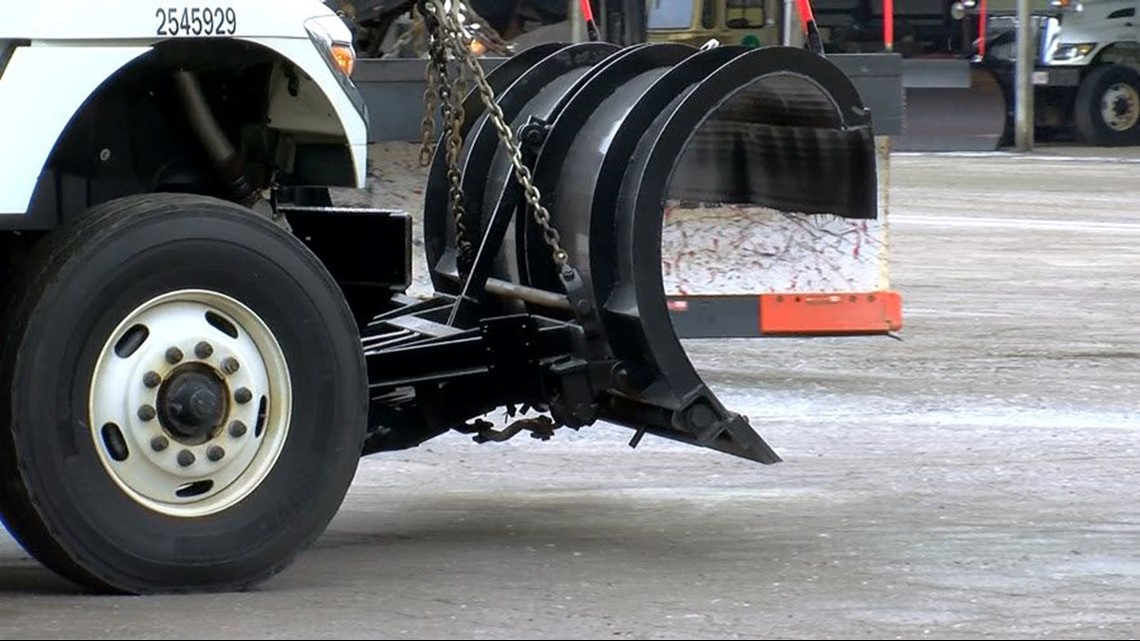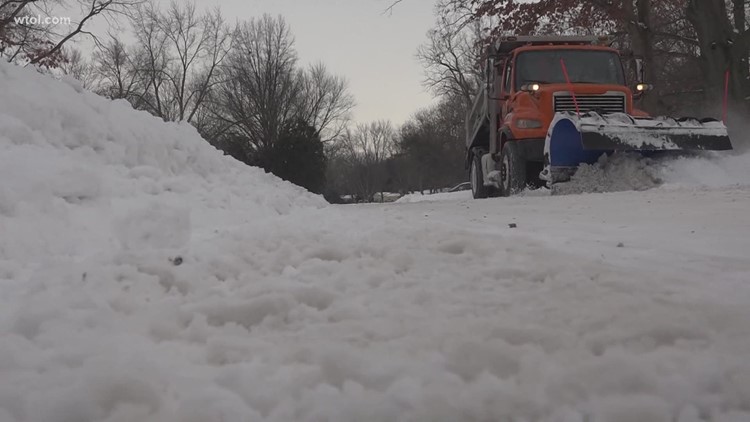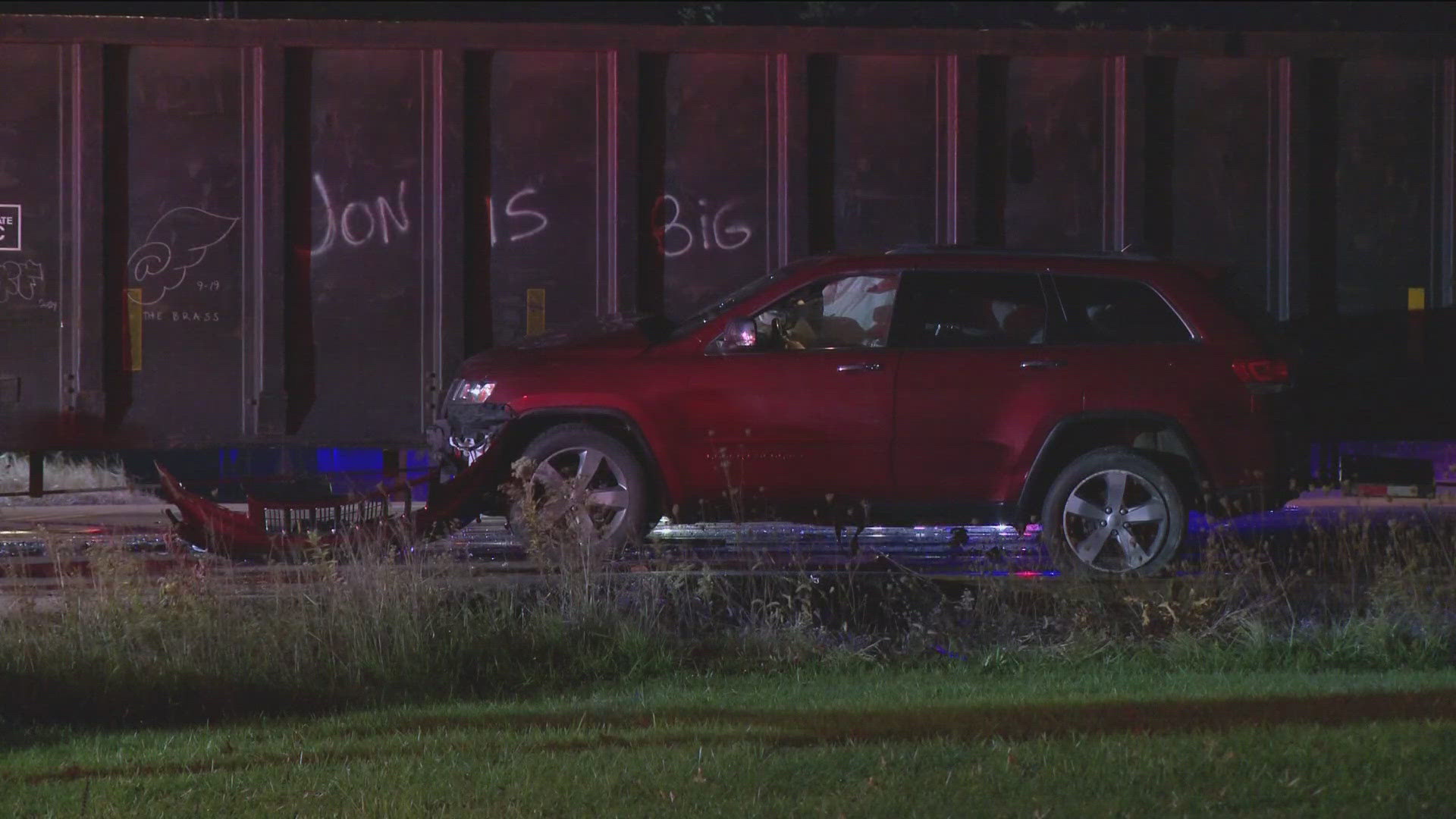TOLEDO, Ohio — Snow and ice may not be top of mind for most Ohioans in October, but that’s not the case at the Ohio Department of Transportation. ODOT is prepping equipment for the upcoming winter season and looking to fill around 500 seasonal plow driver positions.
ODOT has more than 3,300 drivers who often work 12-hour shifts during snow events. While most are full-time drivers, ODOT also uses auxiliary drivers. These auxiliary drivers are ODOT employees who normally do other tasks and only plow snow when needed. A third group of drivers is hired seasonally.
“Like every other employer right now, we are struggling to find qualified workers to fill these positions this year,” said ODOT Director Jack Marchbanks. “We’re doing everything we can to recruit the help we need to supplement our winter operations, but we do have concerns about finding drivers and mechanics in this challenging job market.”
ODOT’s goal is to have primary routes back up to speed within 2 hours and secondary routes within 4 hours of the end of a snow event. Crews hit that goal 95 percent of the time last winter. If ODOT is unable to fill enough of the open seasonal positions that goal might be tougher to hit this winter.


“Our men and women take great pride in ensuring you have the safest conditions possible to get where you need to go and that will never change. What might, unfortunately, change is the speed with which we’re able to accomplish that important task,” Marchbanks said.
While the department continues efforts to recruit plow drivers, nearly 300 mechanics are busy doing 150-point checks on everything from the plow blade to the salt spinner of each truck in the fleet. These checks are done now so that any repairs can be made before the snow starts flying and the trucks hit the road. In addition to trucks and manpower, ODOT is ready for this winter with more than 770,000 tons of salt on hand.
Last winter, crews drove 9.1 million miles using 759,866 tons of salt and 20.6 million gallons of liquid deicers. A total of 46 plow trucks were struck, underscoring the importance for drivers to give plow trucks plenty of room to work.



